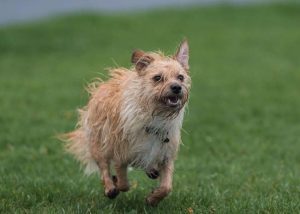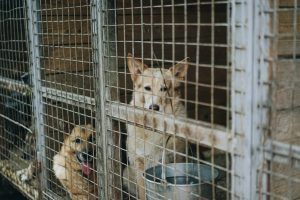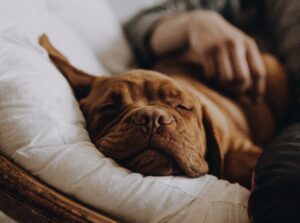Get an awesome recall. Join my 30 day, step by step program now...
What is Fight or Flight in dog behaviour?
The fight or flight response in dog behaviour is an automatic response to something that is, or is perceived to be, scary. When dogs become reactive to something, their flight or flight response has been triggered. Sometimes it’s referred to as being in survival mode as the only goal is to keep you alive and safe!
Two brains…
Your dog doesn’t actually have two brains, but, he has two ways of thinking, In psychology they are called system 1 and system 2 brains, but I refer to them as the thinking brain and the reactive brain.
How can I help you with your dogs behaviour training?
Private Dog Behaviour Consultations are currently available online and in-person in Dundee and the surrounding area. If you are looking for help solving your dogs behaviour and training problems, please get in touch!
The reactive brain
The reactive brain is the one that triggers fight or flight mode. Your dog doesn’t have to be in a life threatening situation to be using his reactive brain though. In fact, almost anything can switch him into his reactive brain – even needing a pee! Being hungry, scared, half asleep, tired, frustrated, over stimulated, and overwhelmed, even by a small amount, can cause his reactive brain to take over.
Check out my reactive dog quiz to discover how easily our reactive brains can get triggered!
Survival mode is an involuntary response. As soon as your dog feels under threat the process is activated. The more threatened your dog feels, the bigger the reaction until he reaches the point of no return and the reactive brain is fully in control. Once the threshold has been breeched it can’t be turned off any more than a person can stop a panic attack mid flow.
If it gets activated too often, it can even result in increased anxiety overall. This can lead to new triggers, separation anxiety, or a general inability to cope with everyday things.
The thinking brain
The thinking brain is slow, but thorough. This part of the brain is good at making plans and considering options. It will take into consideration all sources of date before making choices, and it’s choices will depend on the best outcome in the long term. Your thinking brain is the one that says “if I save money each week I’ll be able to afford a brilliant holiday in a year.” It’s no good at emergencies though!
Identifying the thresholds
To keep things simple, I have established three mind states. As you can see from this diagram, they can apply to all types of problem behaviours whether they are anxiety, aggression, over excitement or aggression/frustration.
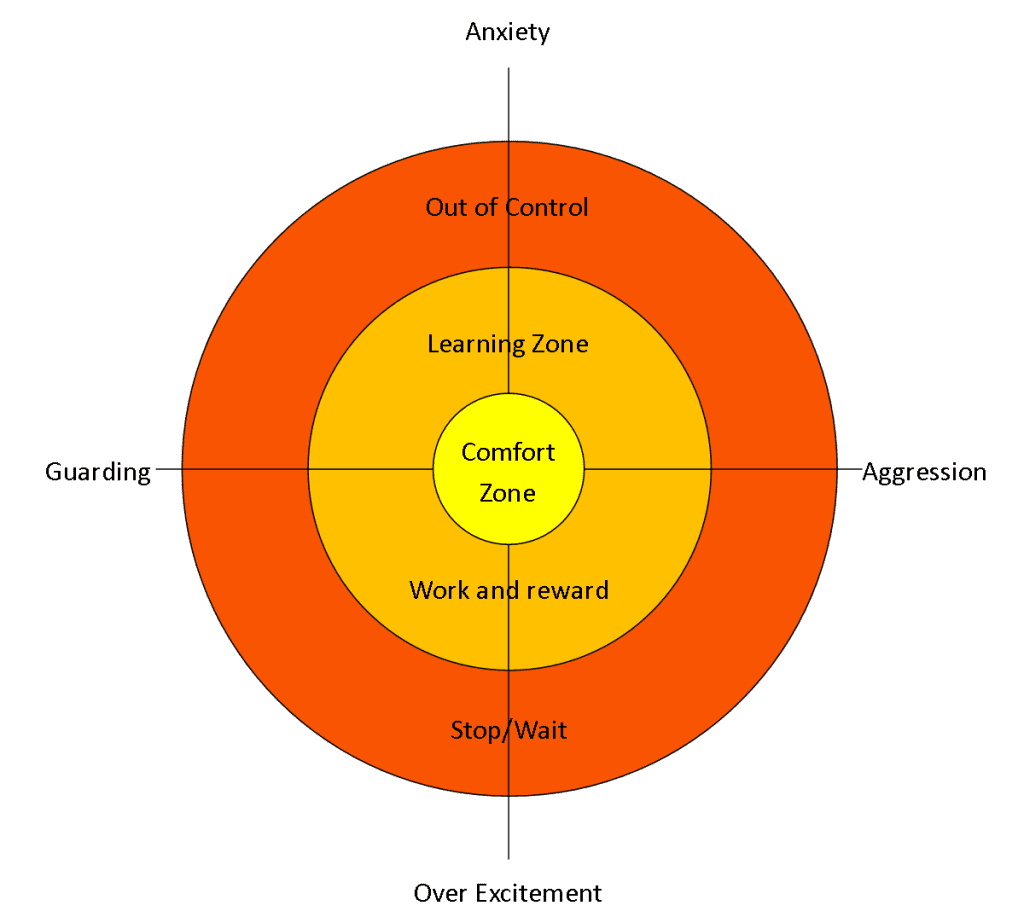
The middle is your dogs comfort zone. He’s nice and relaxed in this state, he is listening, and he responds to well known commands. There are no limits to rewards and attention when your dog is in this state – enjoy it!
Stick to the learning zone
The next zone is the learning zone. Here he is out of his comfort zone, but his thinking brain is still in overall control. He’ll be aware of a trigger, but is still fully engaged and will be able to connect an action with your reward. In this zone the goal is whatever makes the most sense! So it is safe to offer treats and encouragement. The deeper you get into this zone, the closer you get to the Out of Control zone, so don’t push your luck too much.
Then we have the out of control zone. As you have probably figured out, this is the stage where the reactive brain has fully taken over. Don’t do anything in this stage,. And especially don’t try to reward or bribe your dog – survival is the only reward now as the reactive brains goal is only to keep you safe. If the dog comes away from the experience unscathed, then the reward centre will be activated and your dogs brain will consider the behaviour successful.
Physical effects of Fight or Flight
The whole body get’s ready for action when survival mode is triggered and adrenaline is released. Almost everything is affected including the heart, lungs, liver, eyes, ears, brain, bladder, and bowel, even the skin changes.
Visibly the dogs focus changes and their thought processing changes. Most dogs gain tunnel vision when they are in fight or flight mode. And we already know how decision making is affected. Digestion is also paused, so the dog will not be encouraged by a treat. In fact, they often switch off all reward seeking behaviour to divert resources to the essential areas, making them faster and stronger.
Not all changes are visible when your dog is in fight or flight mode
There are also a lot of changes we can’t see, such as blood flow, heart rate, and blood circulation increases. You can see from this graph just how my heart rate was affected by simply making two YouTube videos. As my body prepared to record, it also triggered fight or flight mode. The two yellow spikes indicate the times I was recording my videos! Don’t worry, it’s normal to feel under pressure before a performance – mild anxiety like this can make you perform better (apparently)!
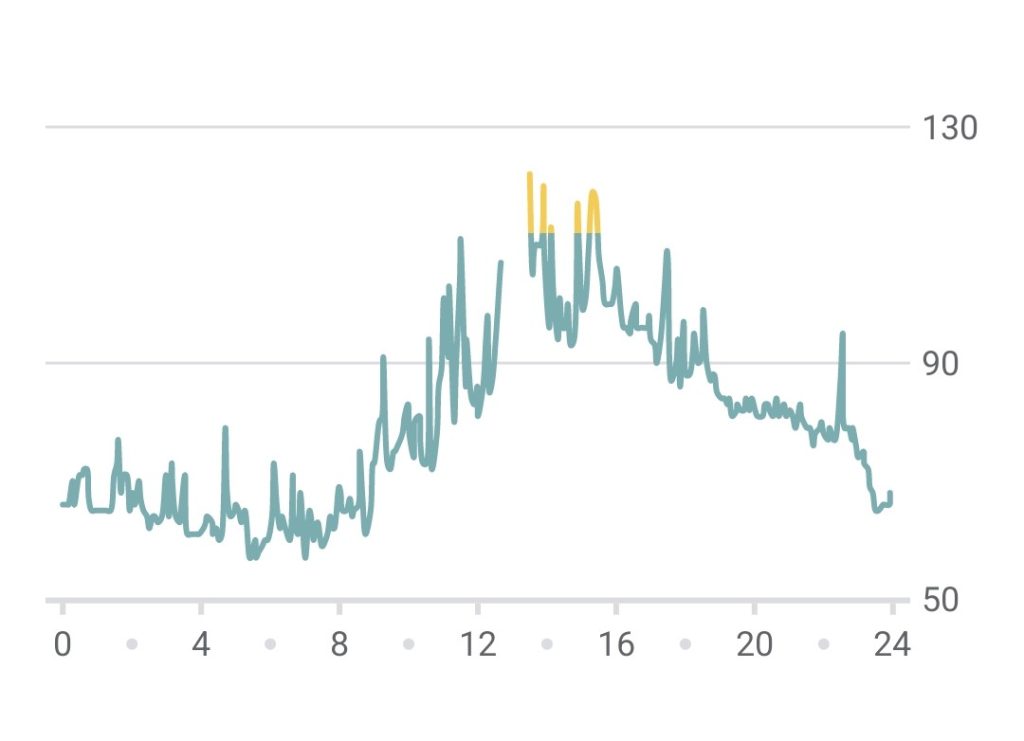
Glucose is released into the muscles to make the dog faster and stronger. His hearing and sight become sharper and pain receptors numb. So you are more tolerant of pain when you are in fight or flight mode – this is an important consideration if you are considering using punishment as a training tool (and I don’t advise that you do) – you’ll have to make extra effort to even be noticed.
It is also worth noting that when in fight or flight mode, your dog has two choices. If he is on a lead or trapped somehow, he will actually only have one. If you try to do anything with him, your actions could be misinterpreted and he may respond aggressively. It’s not unheard-of for a dog to accidentally bite a well meaning owner who was only trying to calm or appease their dog, so go easy.
Another response we’ve not mentioned is a relaxed bladder and bowel. You might notice that your dog needs to pee or poo during or straight after he has been in a fearful situation. He might also release a diarrhea smell from the glands. This is frequently seen in dogs that have separation anxiety.
It’ll only get worse
Fight or flight is essential for survival, but it can become over-active and trigger in inappropriate situations. In trauma cases, this goes a step further and the physiological symptoms can create a feeling of impending catastrophe. This can feel quite unpredictable, and irrational, to the dog owner. But when your dog has suffered a trauma, your dogs insides are in overdrive, preparing for a fight that isn’t coming.
Warranted or not, the physical responses will continue until the stressor subsides and a counter hormone is released. If the behaviour is successful. the reward centre will activate and the brain will pat itself on the back for doing a good job! This means the behaviour is more likely to be repeated next time a similar situation is encountered. This is how it spreads from your dog being scared of a black Labrador called Barney, to all black dogs, to all Labradors, to all dogs, for example.
So, what is Rest and Digest?
Rest and digest mode is the opposite of fight or flight. It won’t trigger until the threat has subsided, your dog has no control over it either.
The aim of rest and digest mode is to get the body back to normal, and begin recovery. As well as reversing all the other changes; digestion is switched back on, the heart rate slows again, and blood pressure drops.
You’ll notice when your dog returns to the learning zone that he will, once again, look at you, listen to well known commands, and possibly look for a reward. The body prioritises eating, sleeping, and resting during this phase, so it’s not unusual for dogs to suddenly need the loo or get hungry after a fright.
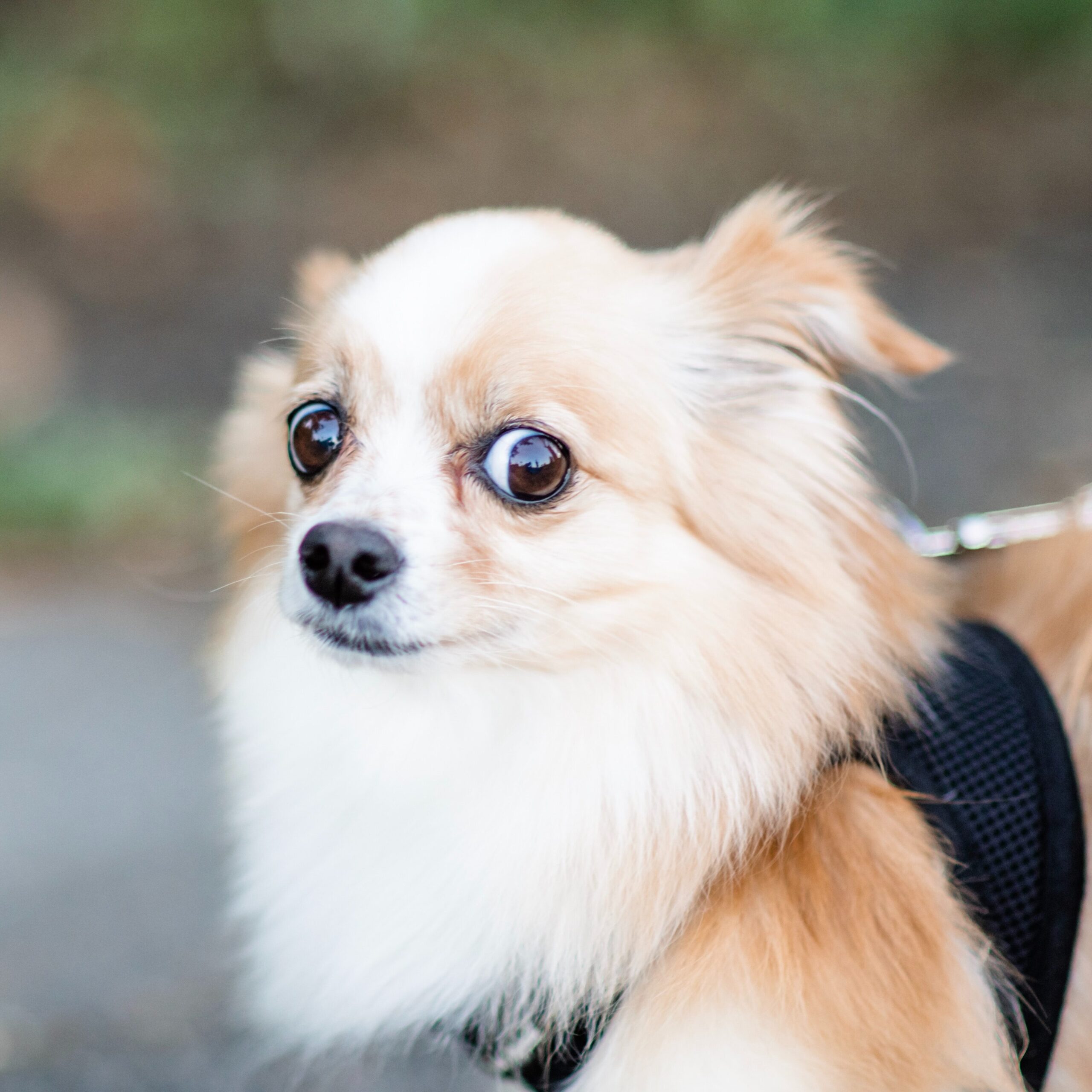
What does this mean for my training?
During fight or flight mode, pain receptors are blocked and tunnel vision occurs so punishment of any kind will not help. If anything, while your dog is in fight/flight mode it may be misconstrued as an additional threat. So better to stop and wait until your dog returns to the learning zone.
The more fight or flight mode is triggered, the harder it is to return to rest and digest, and the more anxious a dog can become overall. So, we must pay more attention to balancing the dog by including rest times as part of their routine. Sleep and meditative states unload stress from the body. So, make sure your dog is getting enough of this. Calm slow walking can also help it is the opposite of flight!
Stop triggering it
We also need to stop triggering it and find a way to activate the reward centre ourselves. If we can avoid repeatedly triggering the fight or flight response, whilst balancing everything else, the dog will spend more time in the learning zone – where we have more options to help.
So, don’t push the boundary. Once you’ve figured out their early signs of discomfort, listen to them. Their behaviour is telling us they aren’t coping. Fight or flight happens as an emergency response. If we intervene in good time, the emergency response system is no longer required.
Embrace their reality
At the Samaritans, I was taught to embrace the callers reality. What they perceive to be scary, is scary. What I think is not relevant. We must do this for our dogs. If we don’t advocate for them, in the way they need, they will rely on their own instincts. And as we can see, this isn’t always a great option.
How can I help you with your dogs reactive behaviour training?
Whatever your experience, budget, or where you are, I have something for you. Plus why not check out my Free Reactive Dog Behaviour Support Group or my Reactive Behaviour course click for a free sample
How can I help you with your dogs behaviour training?
Private Dog Behaviour Consultations are currently available online and in-person in Dundee and the surrounding area. If you are looking for help solving your dogs behaviour and training problems, please get in touch!
How can I help you with your dogs behaviour training?
Private Dog Behaviour Consultations are currently available online and in-person in Dundee and the surrounding area. If you are looking for help solving your dogs behaviour and training problems, please get in touch!
